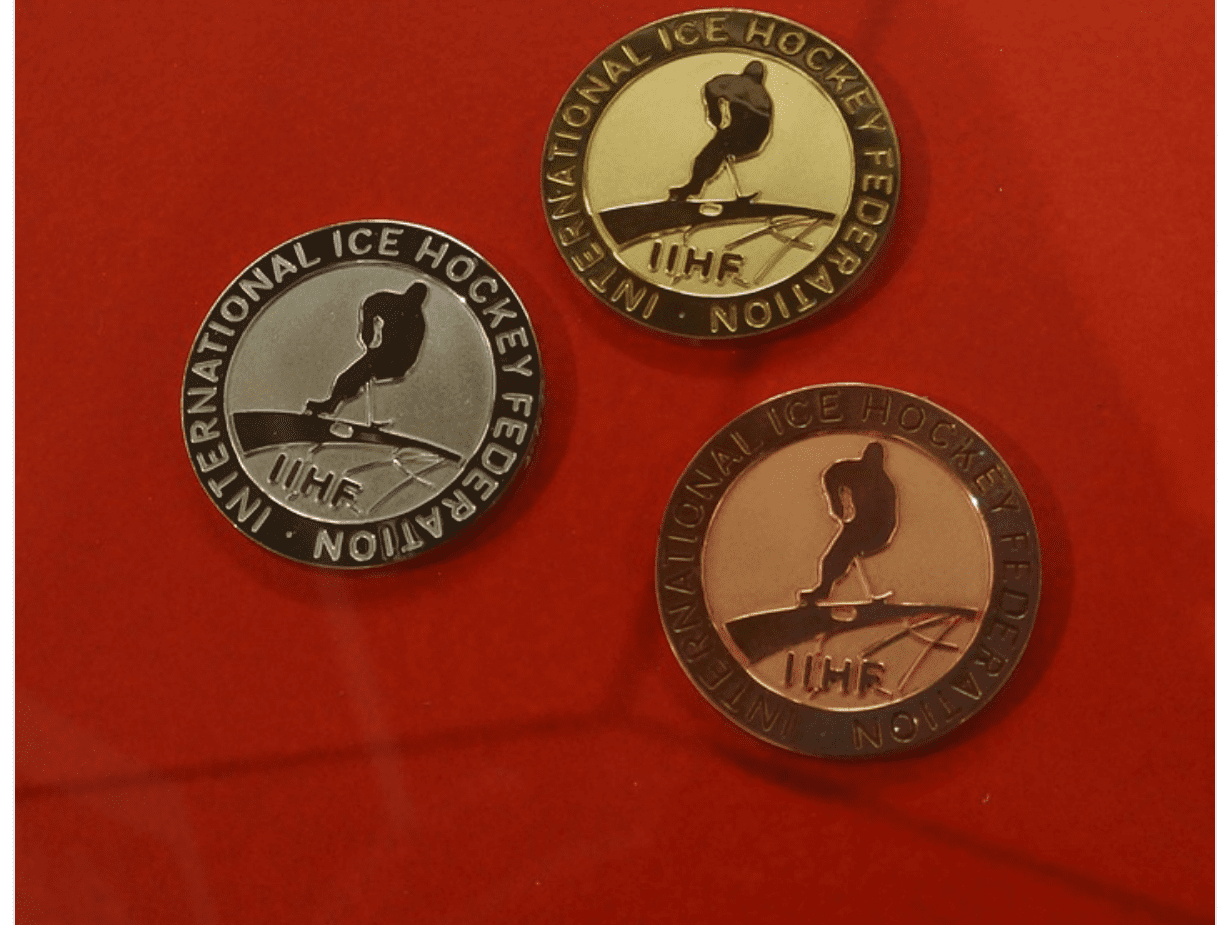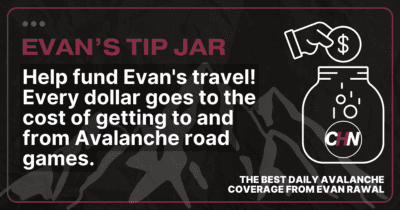Back in the day
Best of the Quebec Nordiques

With a lead of two years, the Colorado Avalanche have officially aged past their predecessor, the Quebec Nordiques. Today, the Avalanche has a fearsome reputation in the NHL Honda West Division—but the franchise’s first few decades in Quebec were colored by struggle in first the WHA and then the NHL.
The franchise has seen its most successful seasons in Denver by far. Typically, when teams trade cities and names like the Nordiques in 1995, pundits cover changes in staffing as well as the roster to keep an eye out for an underdog run. Though it’s rare, experts who create bets for major league sports always keep an eye out for franchises to defy the odds during their inaugural season in a new place, like the LA Rams’ first-year run back on the West Coast in 2016.
Back in 1995, the Avalanche managed the same, taking home the franchise’s first Stanley Cup their inaugural season in 1995-96 in Colorado. But it’s not the first time a big change has led the team to a successful season the following year—which, once again, is a factor that keeps pundits and fans on their toes. Let’s look back at some of the Nordiques’ most memorable moments in Quebec.
The Šťastný Brothers
Born and raised in Czechoslovakia, brothers Anton, Peter, and Marian Šťastný gained international notoriety for their performance with the Czechoslovakian national hockey team. At the time the Nordiques drafted Anton and Peter in 1980, the eldest Šťastný brothers, had to legally defect from their motherland to join the Nordiques for the 1980-81 NHL season.
Only one year later, the Nordiques signed Marian Šťastný. Immediately, the brothers proved their worth on the ice, displaying offensive drive with great intuition. Peter became the first rookie in NHL history to tally 100 points in his first year, earning himself the Calder Memorial Trophy before leading the Nordiques to the playoffs.
Watching three brothers take to the ice together was one major pull when the Šťastný brothers were all on the Nordiques roster. However, their defection from Czechoslovakia to compete in the NHL was one of the first of its kind and set a precedent for Eastern European players heading to North America to build their hockey careers.

Lindros Makes Way for the mid-’90s Comeback
Those who remember the Nordiques remember Eric Lindros, only recently inducted into the Hockey Hall of Fame. After securing one of the most promising players in hockey with the No. 1 draft pick of 1991, the Nordiques’ luck quickly ran out. Though planning to make Lindros the center of a franchise turnaround, the player refused to sign his contract.
He didn’t want to live in Quebec. He didn’t want to speak French. He didn’t want to play with the Nordiques. That 1991-92 season, the team posted one of their worst records in history. However, executive staff made plans to trade Lindros—and swept in a huge number of talented players.
By the 1994-95 season, new additions such as Peter Forsberg and Mike Ricci, as well as long-term players like Joe Sakic, helped turn the Nordiques; franchise around. Lindros inadvertently lit this spark in the team, who climbed back from a 52-point season without Lindros in 1991-92 to a 104-point season in 1992-93.
Badaboum
Before mascots became focal parts of a team’s identity and the production value of live games, Badaboum gave the sporting world something to laugh at. The goofy, seal-like (or otter-like) mascot made its debut during the Rendez-vous ’87 as part of an NHL All-Stars face-off against the Soviet national hockey team.
Badaboum was there to ease the tension and deliver on a few unexpected laughs. The creature’s dancing and playful antics become so popular that the Nordiques adopted the mascot full-tie after the Rendez-vous ’87 series. The event turned out to be a huge success and helped foster international hockey relations between Canada and the then-USSR.
Unfortunately, Badaboum retired in 1995 when the Nordiques moved to Colorado. When the newly-named Avs came to town, “Howler”, an abominable snowman, was the initial mascot. In 2009, the Avalanche’s new mascot was unveiled: Bernie, the Saint Bernard, chosen for the breed’s role in rescuing those trapped by avalanches.











